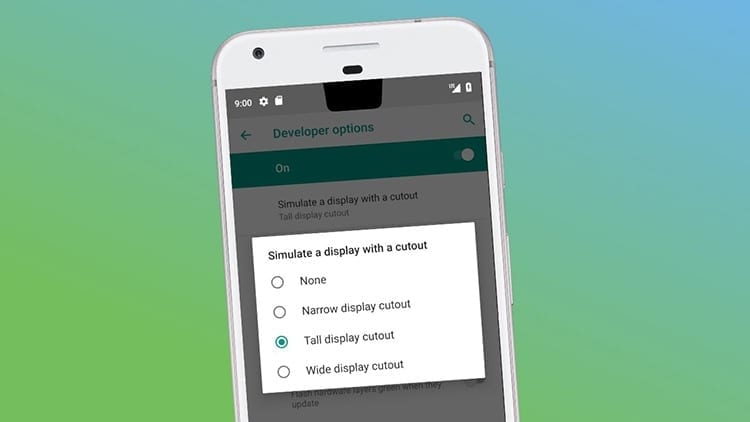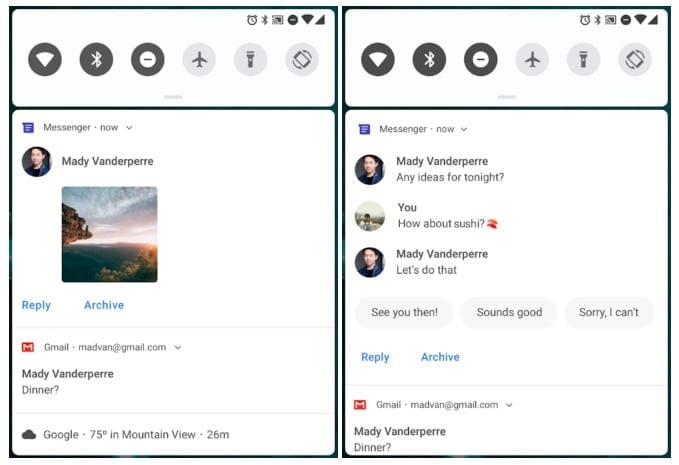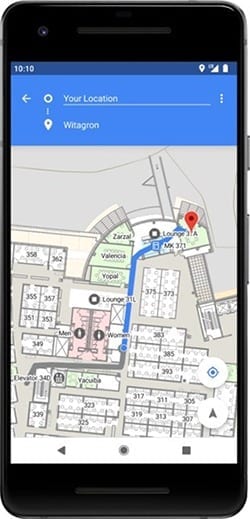Android Oreo has not finished taking off but that does not stop Google in its task of continuing to improve its mobile operating system. The company has finally launched the first preview for developers of what will be the next version of its mobile operating system, currently known as Android P.

As happened on previous occasions, this version is nothing more than a glimpse of what the next version of the system has in store for users. A sample for developers to prepare for what is coming and adapt their applications –just like companies can adapt their terminals- to this new release of Android.
Article Content
Android P, compatible with… Pixel!
As expected for this first developer preview, It is only compatible with Pixel phones. Google has decided that its terminals would be the first to test this previous version, and at the moment they are the only ones that can use it. The terminals in question are Pixel, Pixel XL, Pixel 2, and Pixel 2 XL. But we have no doubt that this list will soon be extended.
This previous version of Android P is available for download from system developers website. It is not a download that is available via OTA, so you have to completely remove the system with all its information from the terminal to be able to install Android P manually.
Support for 'notch' arrives on Android
At some point a designer came up with an interesting idea to tighten the edges as much as possible without having to get rid of the speaker or camera on the front of the mobile. Apple popularized it with the iPhone 'notch' It is also present in a few Android phones, and this new version of the system wants to make things easier for those who opt for it.

Android P will offer developers and manufacturers the ability to optimize the appearance of apps to keep their devices looking good. The characteristic Display cutout support allows you to continue using the notification bar without losing a single detail in it, "dividing" it to be able to show all notifications on both sides of the tab.
Main features of Android P
In this first Android P Developer Preview You can see the features that this new version of Android has in store for users. In addition to the support for the 'notch' that comes to the system, in the future we will find multi-camera support, WiFi RTT, better notifications, new APIs on many systems and much more.
Multi-camera support for streaming
Great news for those who love to do streaming through your mobile. This new version of the system includes a new API that will allow developers access the device's cameras at the same time. This way you can use both rear cameras at the same time (on devices with dual sensors) or use the front and rear cameras at the same time.
The objective of this feature is to allow users to use several cameras at the same time when making live broadcasts. Something that could change the way streaming is done a little.
Improved notifications
Android has never stopped improving many aspects of the system. One of them is notifications. Messages continue to improve and this time they have improved the way image and conversation notifications appear. This way you can see the names of the contacts in the notification bar and even preview images and stickers.

Wi-Fi RTT
Support for WiFi RTT is one of the new features of Android P. It works on the IEEE 802.11mc protocol. Using it you can allow applications measure the distance to an access point making use of triangulation. Thanks to this, the accuracy of indoor location could be increased with a margin of just a couple of meters.

Mobile payments, HEIF, energy efficiency and more
Many more APIs come to Android P, and it is something that this preliminary version of the system has shown. So we know that a new API is coming to make mobile payments using NFC technology, JobScheduler to view and manage pending tasks and ImageDecoder, which replaces BitmapFactory. In addition to these, the Neural Networks API also arrives, which has support for HDR VP9 video and makes use of HEIF encoding.
Along with these come many other improvements that are difficult to list. Among the most notable are fingerprint authentication and an improvement in energy efficiency –If we can't enjoy more battery, what better way to make the mobile manage the battery it already has better.

I have been glued to a monitor since a PC fell into my hands in 1997. Now I like to write about everything related to them.
Content writer. Graphic Designer and Search Engine Optimization





